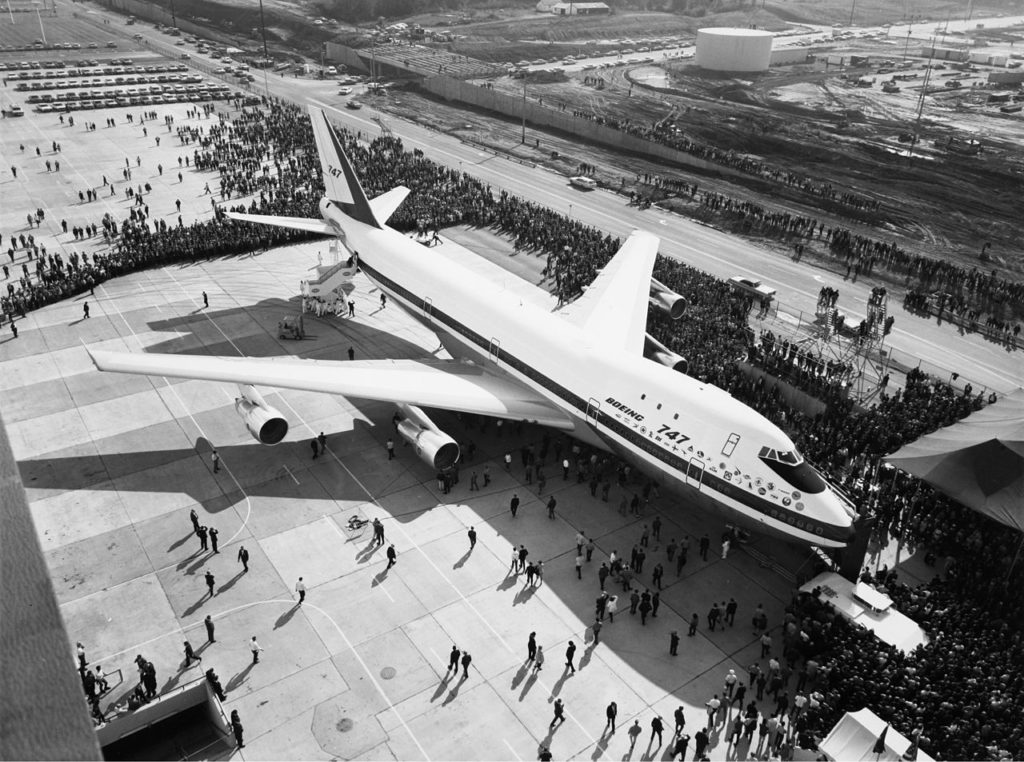Leeham News and Analysis
There's more to real news than a news release.
Bjorn’s Corner: Keeping airliners operational. Part 4
May 12, 2017, ©. Leeham Co: Last week we explained how maintenance philosophies were developed for airliners, from Maintenance Steering Group one (MSG-1), through to Maintenance Steering Group 3 (MSG-3), today’s standard.
The way in which today’s complex systems shall be analyzed should be top down instead of bottom up. And safety concerns should be separated from economical considerations.
Now we will go through what this means in practice. We will develop a maintenance plan for a new aircraft, according to the latest standards.
But first, the structure of the work we have in front of us.
Setting the rules
When an aircraft OEM develops a new aircraft, he must do it in a way so the aircraft can obtain an airworthiness certification. The certificate comes from the local airworthiness authority (the FAA in the USA). The certification then has to be obtained from each local authority where the manufacturer wants to sell and operate the aircraft.
The certification of an aircraft does not only involve testing of systems and test-flying the aircraft to show conformance. It also involves developing a maintenance plan for the aircraft, one that can be accepted by the authorities as keeping the aircraft fit. This plan describes the minimum required maintenance the aircraft must be have to be considered airworthy.
The typical development time for a new aircraft is seven to 10 years. The maintenance plan for the aircraft takes the equal time to develop and get approved. To make it practical, we will run through the process with a system and discuss what needs to be done at each stage. But first, the approval process.
Maintenance Program Approval Process
The maintenance program for a new aircraft is built in three stages.
At the bottom, doing the base work, are the Maintenance Working Groups. These groups are staffed with specialist on the system/parts under review, from suppliers, operators and regulators. The groups collect a deep knowledge of the system/part under review. They know the history of how the parts have performed in the field, for previous aircraft generations.
The Working Groups produce a draft Maintenance plan, which is reviewed by an Industry Steering Committee. This committee also gives the working level groups instructions and guidance on what is state of the art in the industry for their work. The committee is made up of representatives from manufacturers (not only the one under review) and selected operators.
Once the Industry Steering Committee is satisfied with the maintenance plan for the new aircraft, it’s submitted to the Maintenance Review Board for final approval. The board is chaired by the certification authority, with members from operators and manufacturers. The board approves the new airplane’s first maintenance plan, typically just before the aircraft’s certification.
The maintenance plan sets the minimum maintenance actions and the times these have to be carried out by the operator. As we will see, this forms the base skeleton for an airlines maintenance plan for the new aircraft. There will be more added to the plan. We will come to that later.
Why all this steps and procedures?
We all have respect for the dangers of flying close to the speed of sound for hours, packed in a tube. All to get from A to B. And we know this is the safest form of travelling. Our trip to the airport was more dangerous than our flight.
It didn’t get there by itself.
After every incident, large or small, over the last 70 years, the incident has been investigated by the air safety authorities. From each one, there have been leanings extracted. All those leanings are gathered and condensed into the collective knowledge that form the rules for certifying a new aircraft. For the design of the aircraft. For the clearing of the flight profile through flight tests. And for keeping the aircraft fit for doing these safe flights over a 30-year lifetime.
An enormous amount of structured work and research has gone into transforming the findings and recommendations for how the Maintenance Working Groups shall work out the first plan. And then how the Industry committee shall review it. And finally how the Review Board shall approve it.
The way all three levels shall go about this is collected in the Policies and Procedures Handbook. This rule-book ensures that each new or modified aircraft goes through the same approval process.
Next step
We have gone through the framework around the maintenance plan. A bit dry and theoretical. But necessary as a base for our practical examples in the next Corners.




Interesting series of articles. Shouldn’t this be Part 4, dated 5-12-17, instead of Part 3, dated 5-5-17?
I believe this is one of several wrong dates recently? Maybe you guys need a posting checklist?
YEAR: Check
MONTH: Check
DAY OF MONTH: Check
Advantages of being a writer instead of a pilot or surgeon include the ability to fix most mistakes using the edit function of your computer
Hi Robert,
you’r right. Fixed, and better checks going forward.
If there are manufacturers (from the competition) at this committees, isn’t that potentially problematic to disclose such detailed system layouts for latest technology aircraft?
Or are those manufacturers “only” from the components or supplier level and not from competitors?
It’s about flight safety (maintenance of the aircraft is flight safety critical), there all the manufacturers work together without hesitation. You never see them compete or argue over flight safety issues.